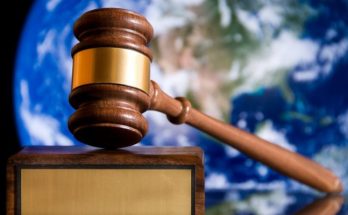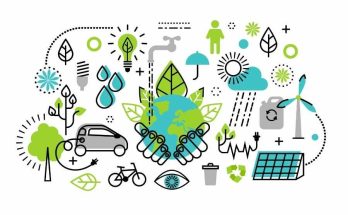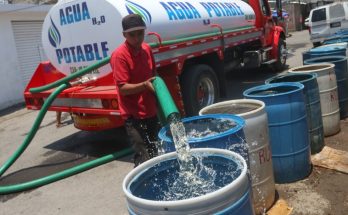By Alejandro Angulo
In the first week of March, the Sixth IPCC Report on climate change was published. Unlike the previous five, this one forcefully stated that current climate change is the product of human activity, with no longer any doubt about this. According to Dr. Humberto Suzán, researcher and professor at UAQ and Coordinator of the First Climate Change Report in the state, this is a «chronicle of a death foretold.» He characterized the report an interview held on the television program Un Mundo Verde of RTQ. Analysis of the data and assertions of the report were strong, according to him, and it can be almost taken for granted that it will be difficult to achieve the reduction goals not to exceed 1.5°C. We already have, according to the aforementioned Report, 1.1°C.
The Report states the following: “Human activities, mainly through greenhouse gas emissions, have unequivocally caused global warming, with global surface temperature reaching 1.1°C above 1850-1900 in 2011. – 2020. Global greenhouse gas emissions have continued to rise, with historical and ongoing uneven contributions stemming from unsustainable energy use, land-use change, lifestyles, and consumption and production patterns across regions between countries, and between individuals.”
Data on the average CO2e per capita worldwide, is as follows: «In 2019, around 35% of the world population lived in countries that emit more than 9 tCO2-eq per capita.» The report points out that «Climate change has caused substantial damage and increasingly irreversible losses in terrestrial, freshwater, in the cryo-sphere, coastal and open ocean ecosystems.»
In addition, “In urban areas, observed climate change has caused adverse effects on human health, livelihoods and infrastructure.”
Regarding mitigation actions, the report states that “Global GHG emissions in 2030 implicit in the Nationally Determined Contributions (NDCs) announced in October 2021 make it likely that warming will exceed 1.5° C during the 21st century and makes it difficult to limit warming to below 2°C.” The actions that can change the trajectory only have a period of ten years; a limited time line in which action can be fixed, determined or established.
Even before the Sixth Report, discussion on climate justice has opened. It is said that it is not exactly environmental justice, since the first implicitly involves economic, social and political aspects. In addition, there is a debate about the legal protection of natural elements, in such a way that criticism is directed towards the approach focused only on the human being, when climate change has had negative impacts on biodiversity. This entails consideration of other living beings.
Climate justice makes clear that damage and responsibility are differentiated from country to country and even among populations. There are those who suffer the most from the consequences of climate change, and those who are mostly responsible for climate change and therefore must assume the burden. There has been talk of a climate justice that goes through a distributive and corrective justice, holding accountable those who are most responsible for creating climate change. That is why, the final part of the report tackles the issue of financing from developed countries to developing countries. The matter of those who suffer more from climate change is addressed. There are many more nuances of climate justice, for example in relation to climate migrants, or displaced persons, gender, and poverty.
We need a new paradigm on climate justice, which responds to current problems, without neglecting the urgent actions that must be taken in general. This discussion will require a lot of time, while the urgency of meeting goals and not exceed 1.5°C in the next decade looms on us.
In the state of Querétaro, for example, there are already signs of distributive climate justice with an environmental tax on emissions. Those who emit CO2e into the atmosphere will have to assume their responsibility, and those who emit more will pay more. In the municipality of Querétaro, the compensation approach is used in projects that suppress or reduce ecosystem services such as CO2 capture or the removal of pollutants. It has not been ruled out that in the near future there may be reforms to environmental legislation at the state and municipal level. These could include collective citizen actions to sue those who pollute or affect ecosystem services linked to climate change. Climate justice for all!




